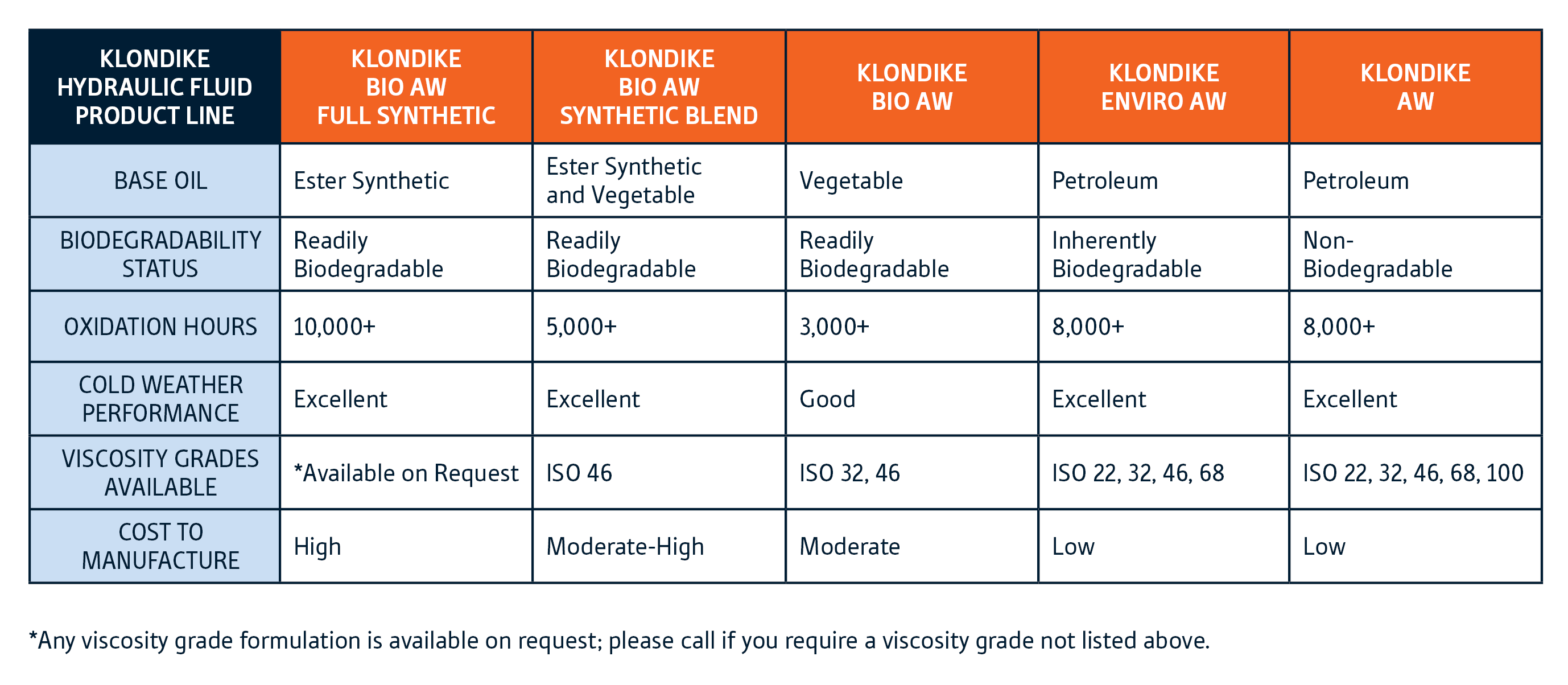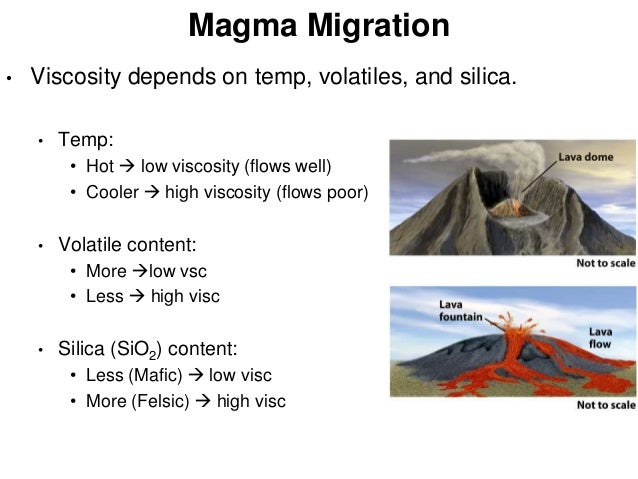

MRI also confirmed the T9 fracture was in acute stage (I). Her X ray showed new adjacent fracture at T9 vertebrae level with progressive kyphosis (G, H). After 26 days, she complained for low back pain again. However, mild leakage of the cement into the inferior intervertebral disc was noted (F). Post vertebroplasty with SPINE-FIX VERTEBROPLASTY BONE CEMENT(D), the post-operative T spine anterior-posterior, lateral view plain films showed optimal restoration of vertebral height (E, F). MRI also revealed vertebral cleft, vacuum and fluid accumulation (C). 4 A 76 female with low back pain showed newly developed T8 osteoporosis vertebral compression fracture under plain films (A, B). Spine T score (g/cm 2, mean ± SD), femaleįig. Male/Female (N, ratio) (According to vertebral level) Table 2 Patient characteristics between high viscosity bone cement group and low viscosity bone cement group Variables More information about the HVBC and LVBC products are listed in Table 3. HVBC is a more recent product therefore, data were collected for the HVBC group after 2018, while data for the LVBC group were gathered from 2006 to 2020.

The bone cement brand selection was determined at the discretion of the physicians. The LVBC group comprised 51 patients, with an average age of 75.21☘.01 years, and 72 vertebrae treated with Cohesion Bone Cement (Vexim, France), F20 Pmma Bone Cement (Teknimed SAS, France), Osteopal V Bone Cement (Heraeus Medical GmbH, Germany), Spine-Fix Vertebroplasty Bone Cement (Teknimed SAS, France), or Surgical Simplex P Bone Cement (Howmedica International S. The HVBC group comprised 56 patients, with an average age of 74.61☑3.41 years, and 72 vertebrae treated with the Confidence Spinal Cement System (Medos SARL, Switzerland DePuy, USA) ( Fig. Table 2 lists the patient demographics and clinical characteristics. The patients were divided into two groups according to the viscosity of the bone cement used.

(Δ Cobb angle) / (Pre-operative Cobb angle)ĭuring the study period (January 2006–December 2020), a total of 107 patients who underwent vertebroplasty were included in the study and a total of 144 vertebrae were recorded and analyzed. Post-operative Cobb angle – Pre-operative Cobb angle (Δ Kyphotic angle) / (Pre-operative Kyphotic angle) Post-operative Kyphotic angle – Pre-operative Kyphotic angle (Δ Vertebral body height after follow up) / (Pre-/Post-operative vertebral body height) * 100% Percentage of Δ vertebral body height during follow-up (Δ Vertebral body height after surgery) / (Estimated original vertebral body height) * 100%įollow up vertebral body height – Pre-/Post-operative vertebral body height Percentage of Δ vertebral body height compression after surgery Post-operative vertebral body height – Pre-operative vertebral body height Percentage of (anterior/middle) vertebral body height compression (Superior vertebral body height + Inferior vertebral body height) / 2 Table 1 Formula for imaging parameters Parameters Moreover, significantly fewer patients with a VAS score ≥ 3 were found in the HVBC group (22 vs. Both groups showed an improved VAS score at follow-up, with statistically greater improvement in the HVBC group (2.40☑.53 vs. Furthermore, there was no difference between the groups in the incidence of adjacent fracture. 3.11☑.53, p=.024), and the use of HVBC was associated fewer cases with cement leakage (26 vs. The volume of cement injected was significantly higher with HVBC (3.66☑.36 vs. 015, respectively) a significant preoperative to postoperative change in MVH (HVBC, p=.045 LVBC, p=.001) and significant preoperative to postoperative and preoperative to follow-up changes in KA and CA (KA: HVBC, p=0.000 and. There were significant preoperative to postoperative and preoperative to follow-up changes in AVH (HVBC, p=.012 and. There were no significant differences between the HVBC and LVBC groups (ΔAVH: 2.19☒.60 vs. Both groups showed increased vertebral body height, corrected KA, and CA after vertebroplasty.


 0 kommentar(er)
0 kommentar(er)
